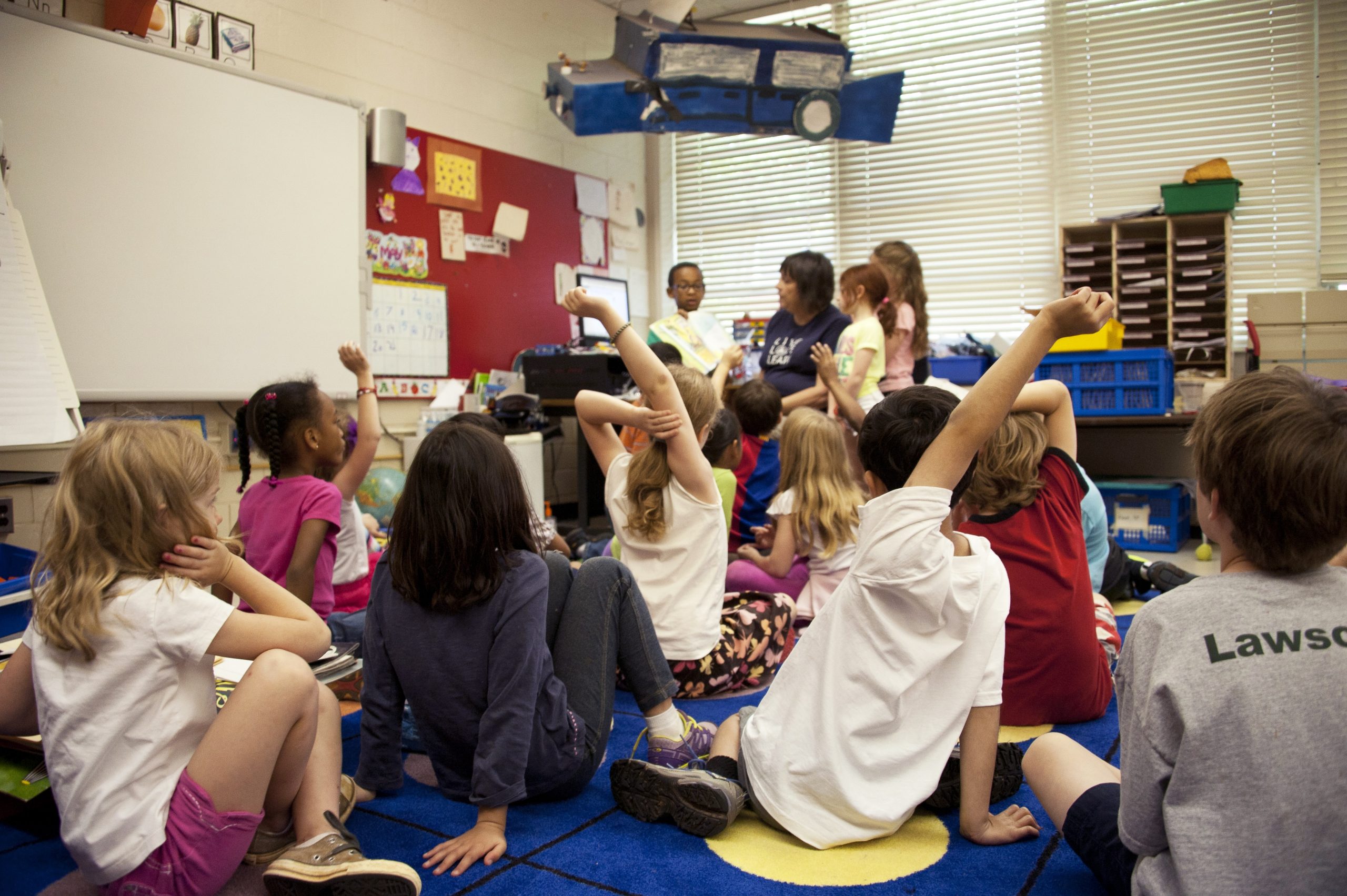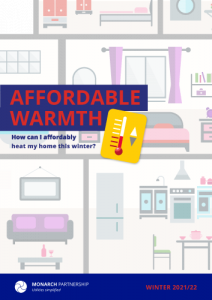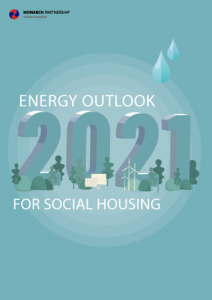Schools generate just over 2% of the UK’s greenhouse gas emissions, and 15% of the country’s total public sector emissions. After the government’s announcement of the industrial decarbonisation strategy, it has become clear how integral the UK’s education sector is in reaching net zero. A large part of the £1 billion scheme is dedicated to retrofitting and upgrading low carbon tech in schools. These infrastructural changes will improve energy efficiency within educational institutions and are paramount to reducing emissions. But to fast track the sector towards a green future, it is vital that staff and students understand the importance of environmental sustainability.
Energy bills are an ever growing concern for schools, especially as communities enter a time of post-Covid recovery. This coincides with mounting pressure to be ‘green’, which is why many educational institutions are working to find the most practical green options for them.
So, what are some of the most effective solutions for schools, colleges and universities looking to become more sustainable?
Installing renewable energy sources
Installing renewable energy sources allows schools to save money whilst also reducing their environmental impact. Wind turbines, solar panels and heat pumps are among the installations which prove easiest to upkeep. Making them easy to maintain whilst carrying on with busy school life.
Bio-mass boilers are also becoming increasingly popular within schools, colleges and universities across the country. These boilers can reduce a school’s oil consumption significantly. By switching from fossil fuel-based heating systems to renewable versions, schools can also benefit from the Renewable Heating Incentive (RHI).
Not only are these renewables cutting costs, and reducing environmental impact, they are also advertising the institutions eco-consciousness.
Green procurement and onsite generation
Sustainable procurement allows suppliers to promise to match all or some of your electricity use with renewable energy. So even if the energy you are using is not directly from a renewable source, you are paying for green energy to be pumped back into the system. Certain tariffs will allow you to purchase energy from a specific renewable source.
Onsite generation is possibly the most sustainable form of energy. This solution usually involves wind or solar power. Typically used to offset energy imported from the grid, onsite generation provides users with stable, reliable energy. This means users avoid non-commodity charges. And are also able to sell surplus energy back to the grid to generate a profit on otherwise wasted power.
Download our guide to a greener future for the education sector to learn more.
Switching to low carbon appliances
Switching to low carbon devices is a simple and effective way of reducing harmful emissions. A study released by The Carbon Trust revealed that UK schools collectively spend around £543 million on energy every year.
Lighting can sometimes account for up to 50% of a school’s energy bill. By switching to LED lighting, schools could reduce energy costs by around £44 million per year, whilst also preventing 625,000 tonnes of CO₂ from entering the atmosphere.
Sourcing food from local suppliers
Our food consumption can sometimes be dismissed as insignificant when discussing sustainability. Yet, the process behind receiving the food we eat can have drastic effects on the environment. Sourcing food locally also means that schools can help to benefit the economy of the surrounding area.
Platforms such as the Eating Better initiative are using their work to help schools become more sustainable. They aim to stimulate a 50% reduction of meat and dairy consumption in the UK by 2030. Rather than suggesting a complete dismissal of meat on lunch menus, Eating Better are simply encouraging schools to focus on more sustainable food sources. Not only will this open up more menu options, but will also help reduce a school’s environmental impact.
Implementing green initiatives and environmental education
Young people have been tackling climate change for many years, but this generation has made their voice louder than ever. Green initiatives allow schools to discover cost saving solutions whilst also engaging staff and students with nature and the environment. The Eco-Schools programme has been incorporated into 20,000 schools around the country. They are also working in 68 other countries across the world. The programme guides, empowers and motivates pupils to take an active role in preserving the world around them.
Bringing environmental studies into syllabuses allows young people to have a hands-on approach to climate action. While sustainable solutions make a considerable impact on climate change, educating the next generation is crucial in securing and maintaining a green future.
Where does Monarch come in?
Ensuring all schools reach their sustainability goals may seem like an immense task. But every small step towards energy efficiency, is also one step closer to a green future.
At Monarch, we aim to help all our clients towards energy efficiency. Our expert team are on hand to find you the right contract and supplier for your energy needs. Through our comprehensive auditing and assessments, we determine what services are right for your business.
A greener future for the education sector
Download our guide and kickstart your schools’ sustainability journey today.
















